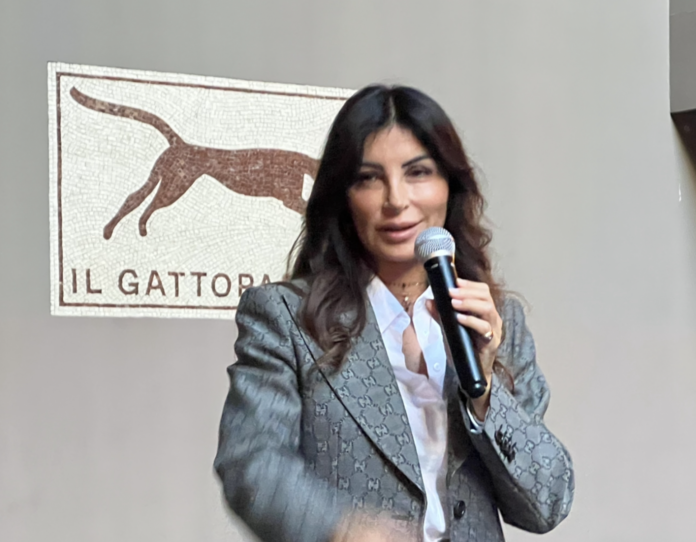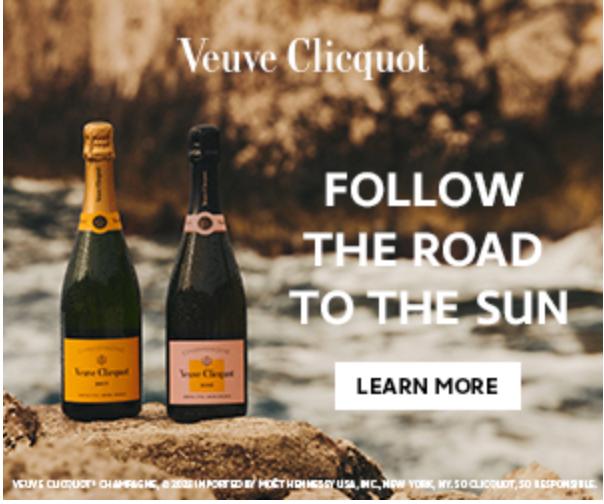Donnachiara Winery’s Ilaria Petitto brought Thanksgiving early to one of Manhattan’s top Italian restaurants Il Gattopardo.
Hosted by the always amazing certified Italian Wine Ambassador with a Diploma in Wines & Spirits, Susannah Gold, we tasted through 6 wines (4 white, 2 red) paired with 4 courses aiming for a Thanksgiving to remember.
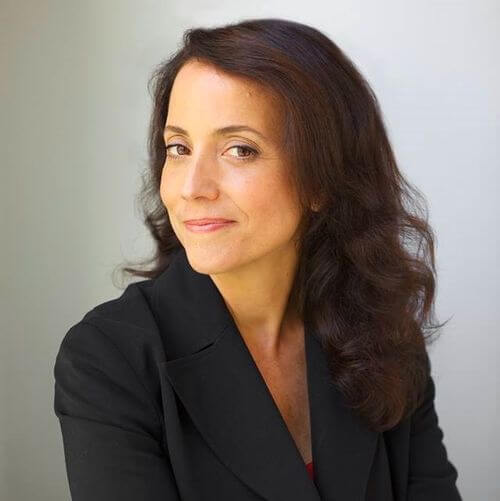
The secondo was very Thanksgiving – influenced (and spoiler alert: the wine that Donnachiara chose was absolutely perfect.)
The special secret to Donnachiara Winery’s roster in my humble opinion is incredible Old World quality with truly remarkable present day pricing.
Donnachiara Winery is Old World with Modern Twist
Before we ate, Ilaria introduced her family’s history and explained how the new generation (her generation) is leading the Montefalcione wine revolution, with her mother’s blessing.
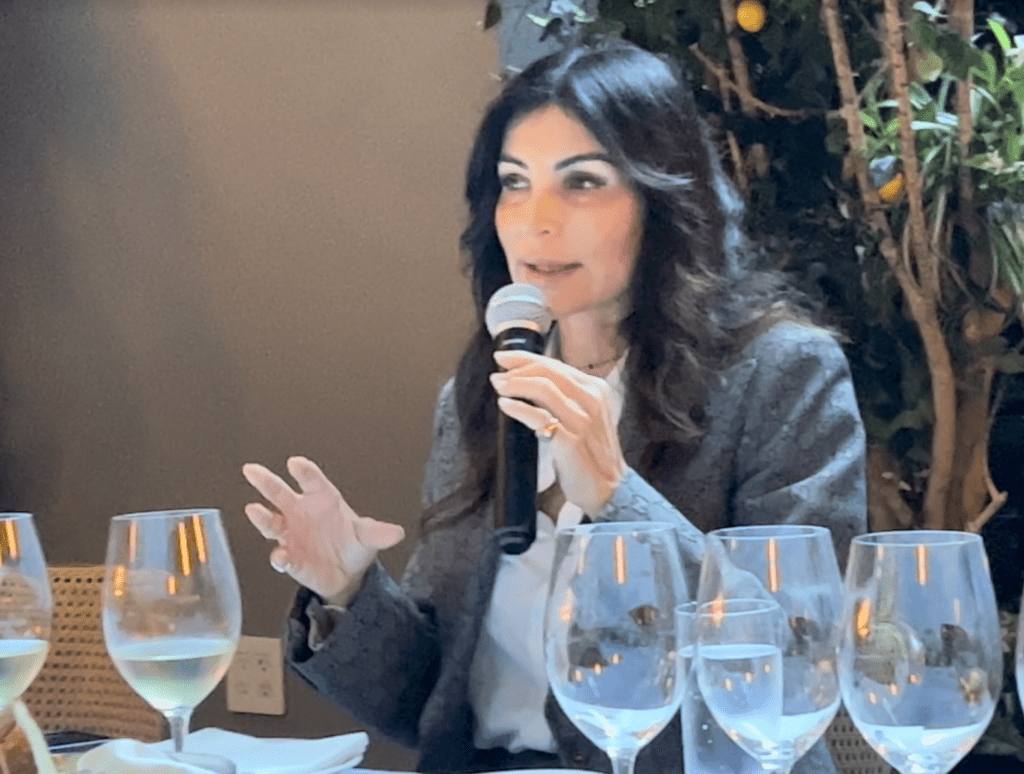
In the same spirit, Ilaria proudly announced that she is now the Vice President of the Conosrzio di Tutela dei Vini dell’Irpinia.
Ilaria continued, sharing their winery is located in Montefalcione, in the Irpinia area near Avellino. While the vineyards have been in the family for over 150 years, the modern winery was completed in 2005. Ilaria’s mother, Chiara Petitto, is a vocal supporter of her work in the winery.
Ilaria Petitto Shares More About Donnachiara Winery
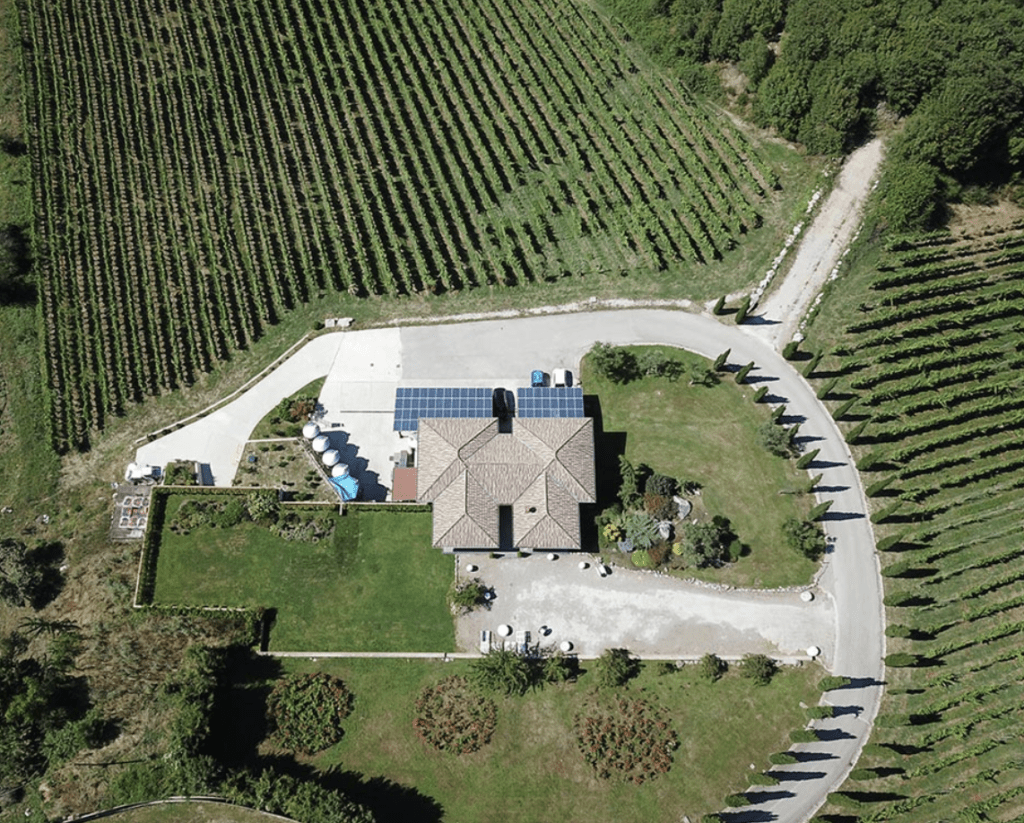
The Donnachiara Winery stands high on the hills of Montefalcione.
Montefalcione is nestled in the Central West of Italy, near Montevergine and Chiusano – just over two hours south of Rome and about an hour East of Naples.
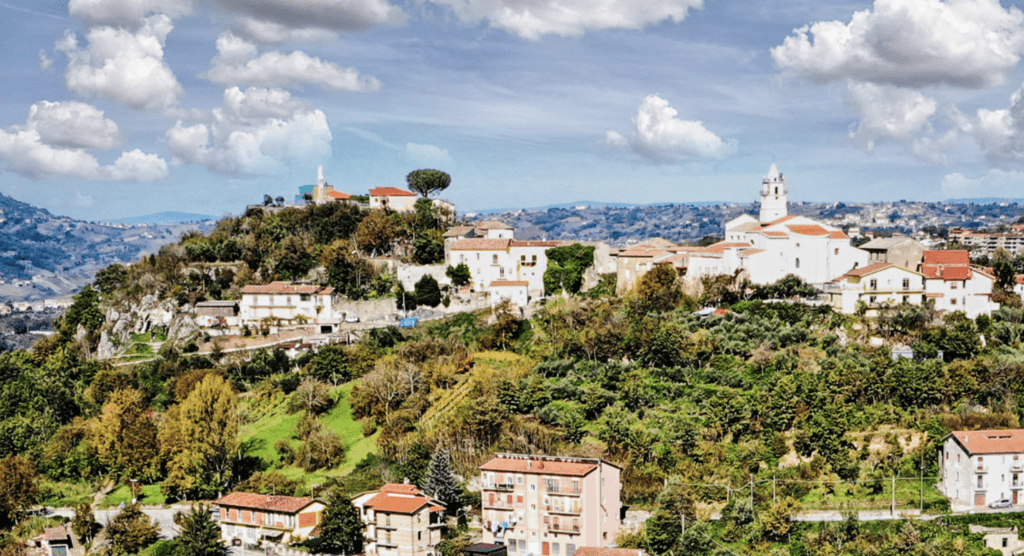
The winery’s philosophy is to preserve the traditional grape varieties of the local territory and keep the typical character of the wines from being lost to standardization, like many of the wines on the market today.
Our Early Thanksgiving Feast Starts
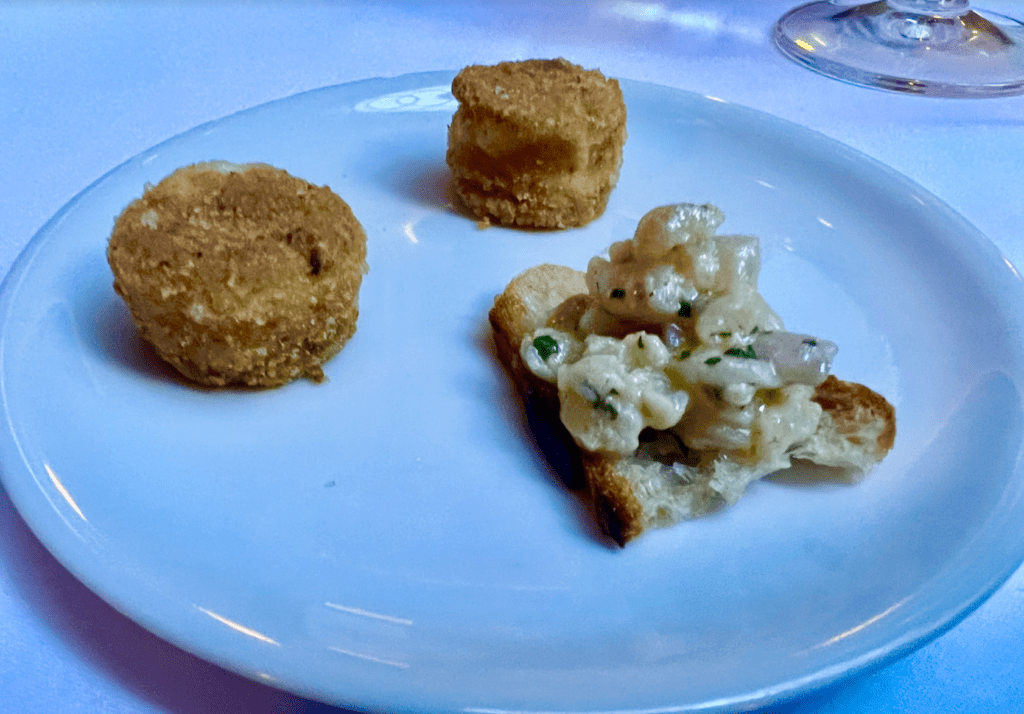
Antipasti
Crudo di Spigola marinato al lime ed erbe su crostino
Mini Mozzarelle in Carrozza Con Salsetta D’ Acciughe di Cetara
Palle di riso piselli, parmigiano e sughetto di vitello
Fiano de Avellino docg 2021 is the perfect start. A golden shimmer in the glass. The nose matches with a striking aroma of cream, a hint of bread crust and french vanilla. The mouth is full bodied, bright and creamy. A light touch, which would pair well with grilled salmon.
Empatia Fiano de Avellino BIO 2021 continues to tease and tickle your senses. Straw yellow in the glass with a chalky, limestone bouquet. A lighter mouthfeel with a soft, tart note. Would pair deliciously with seafood, mussels, lobster.
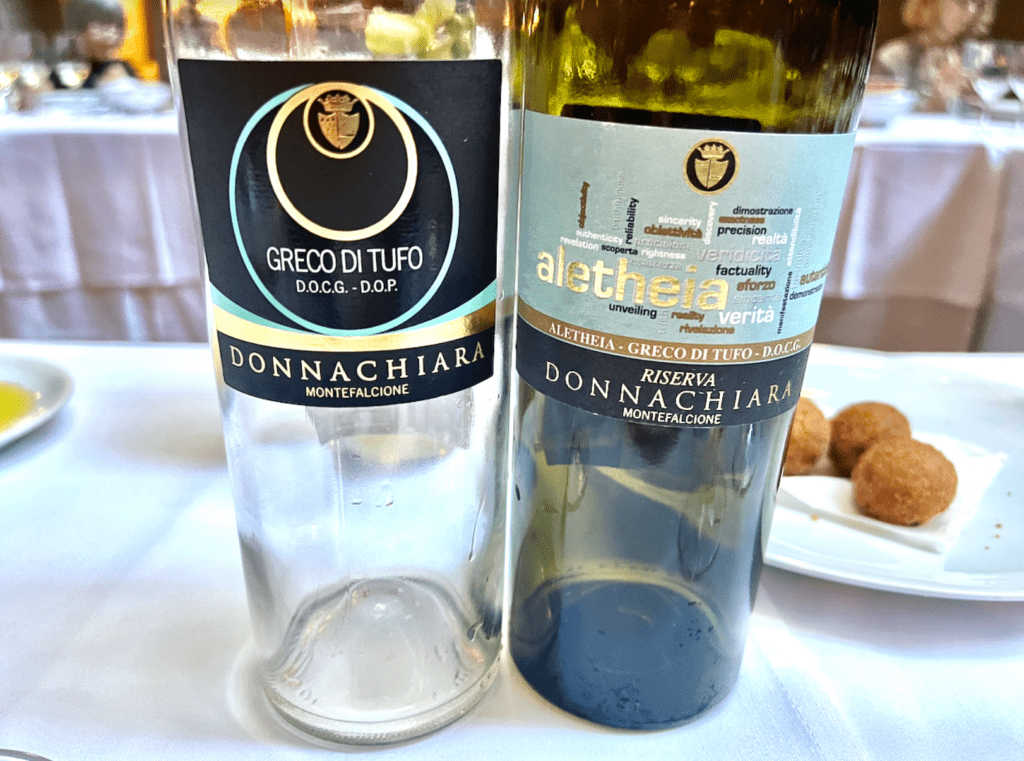
Primo
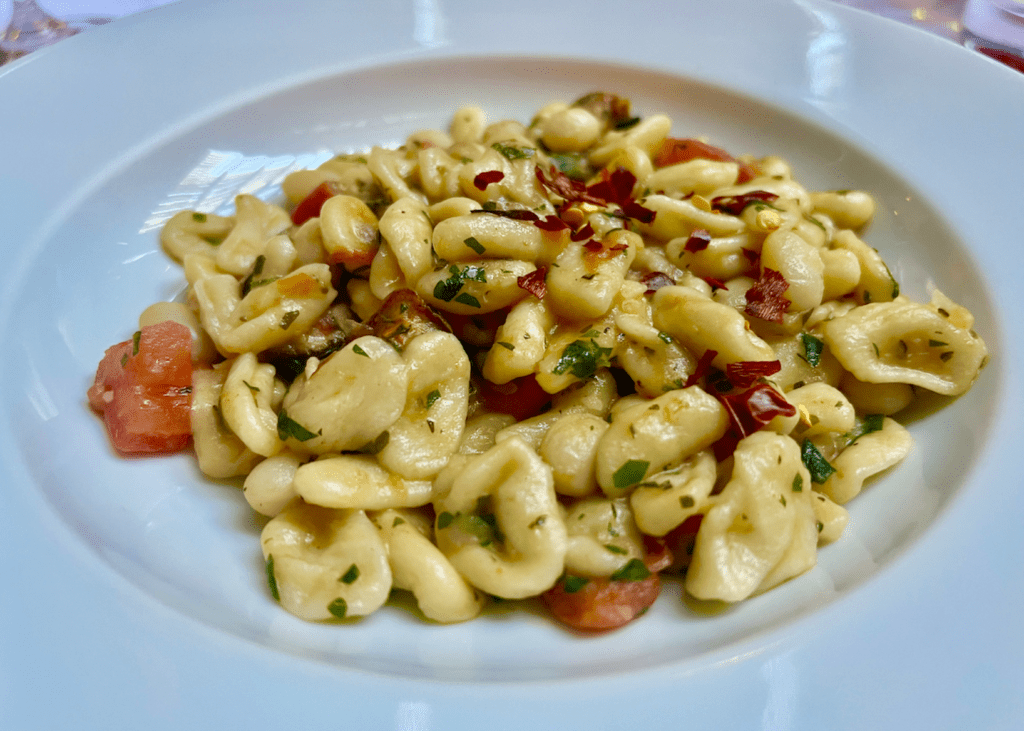
Cavatelli di grano antico “Senatore Capelli”
Con fagioli Spollichini e cozze
Greco di Tufo docg 2021 is pale yellow in the glass. A beautiful bouquet of peach, pineapple, and apricot. The mouth is fresh and soft, and lingers on and on. Pairs well with light seafood and pasta with truffles.
Aletheia Greco di Tufo docg Riserva 2020 is quite incredible. Pale yellow in the glass. A complex nose of peach, pineapple and the faintest hint of cedar. The strikingly fresh, bolder taste and slightly heavier mouthfeel would pair well with seafood, pasta with mushrooms, and blue cheeses.
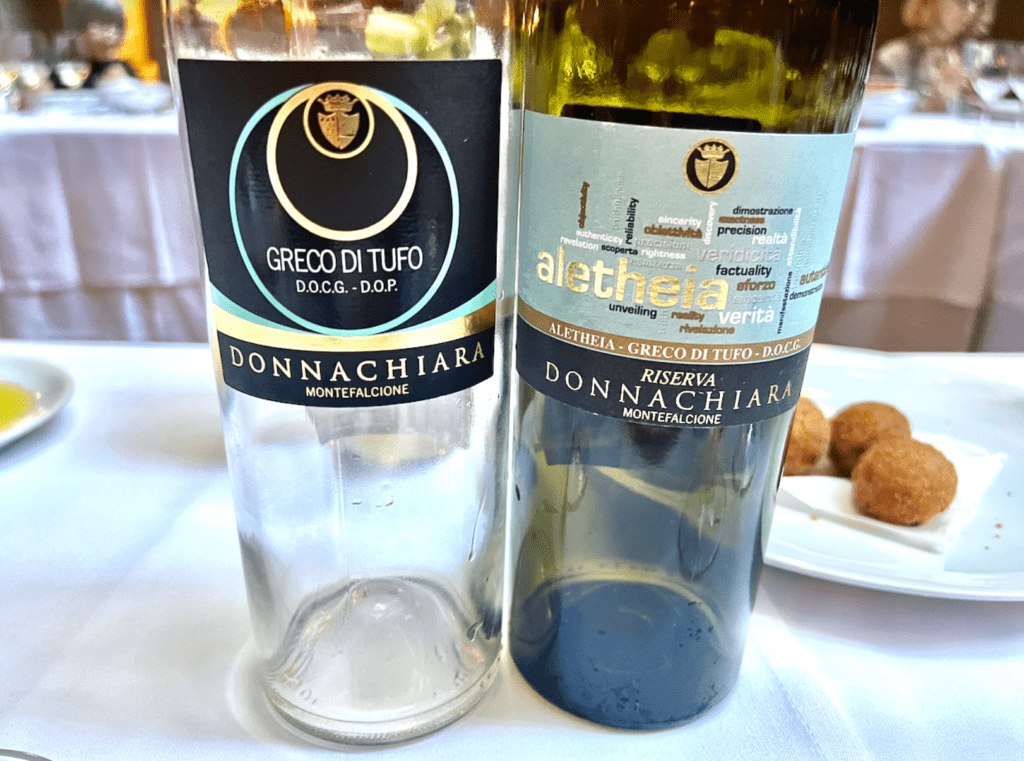
Secondo
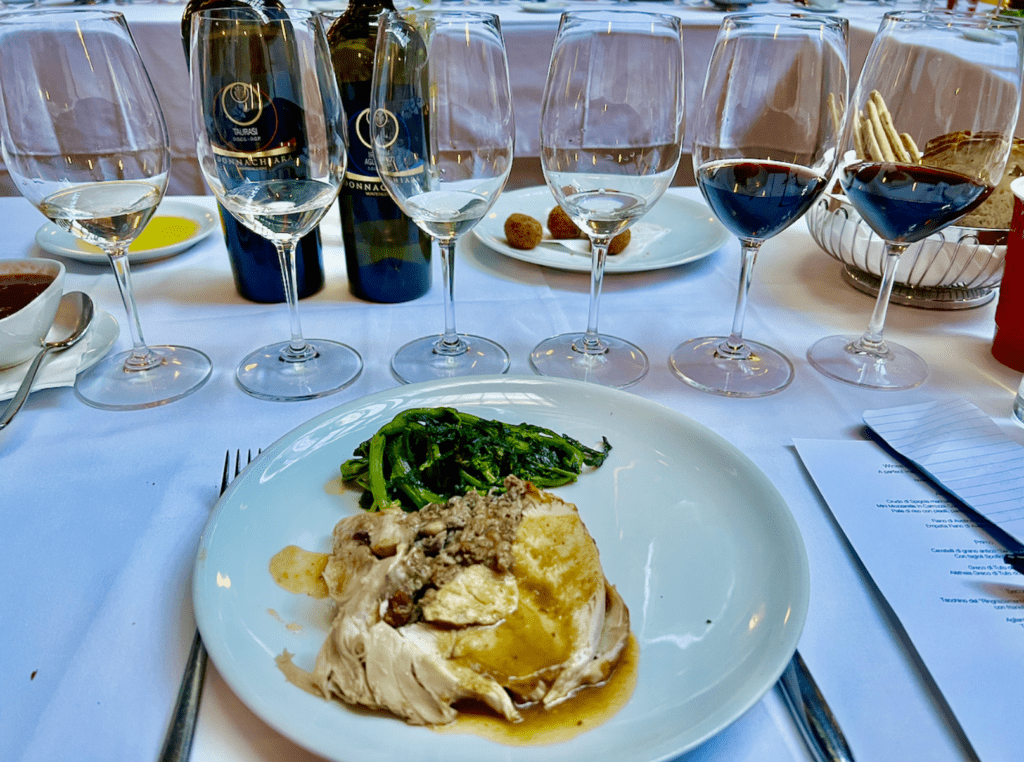
Tacchino del “Ringraziamento” ripieno di Castagne e Salsiccia
con friarielli saltati in Padella
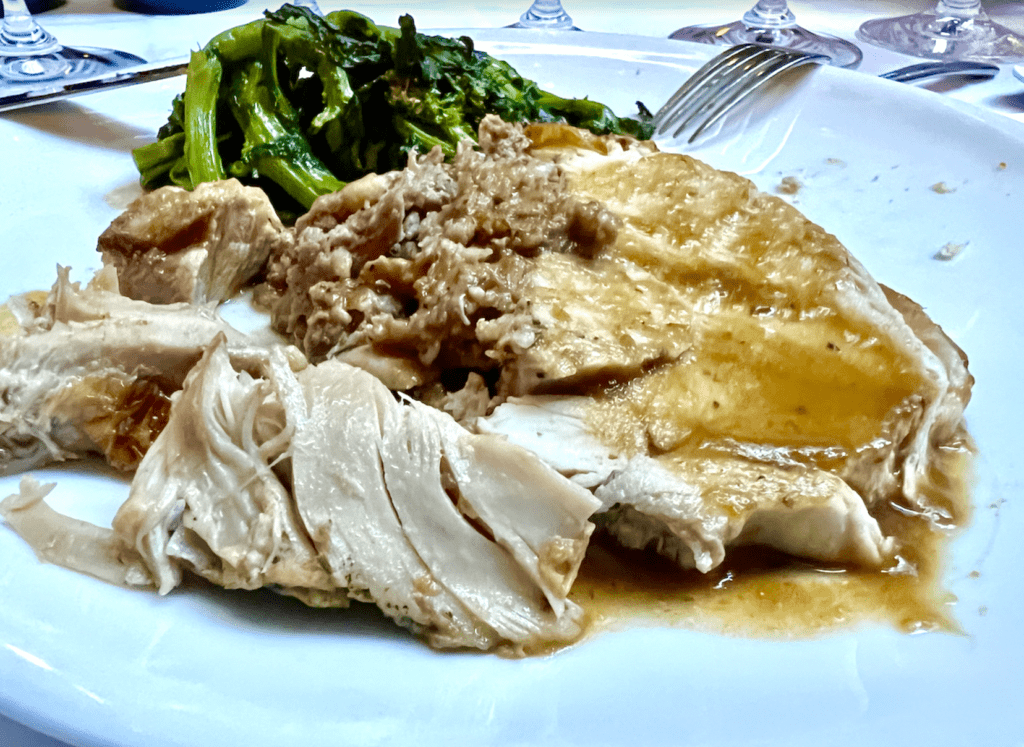
Aglianico Irpinia doc 2020 has a gorgeous violet shimmer in the glass. The nose is blueberry with a hint of herb. Medium mouthfeel with mineral and herbal hints. Would pair well with turkey and rabbit.
Taurasi docg 2018 is an all-star for this meal. Ruby red in the glass. Burnt cherry, with plums and toast on the nose. Mouth is a velvety, gush of jam with black currant. Would pair well with gamey and braised meats.
If you’re serving cranberry as a side dish, this Taurasi bottle elevates the taste. It’s a winner.
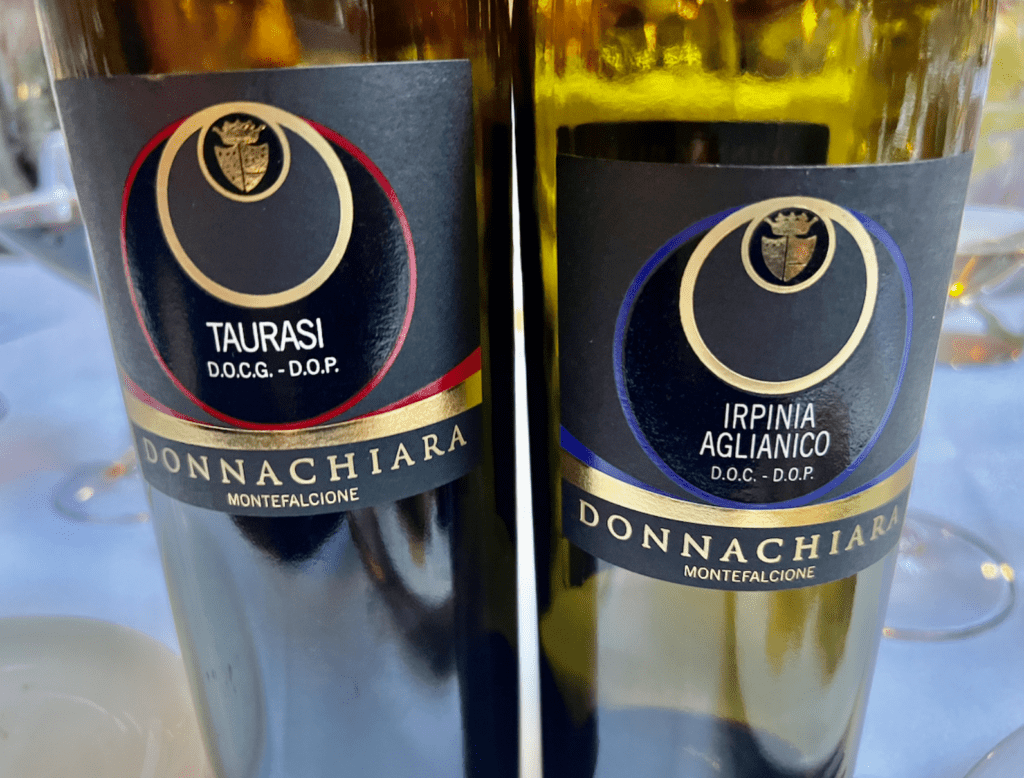
Dolce
La Pastiera Napoletana
Caffe
Biscotti
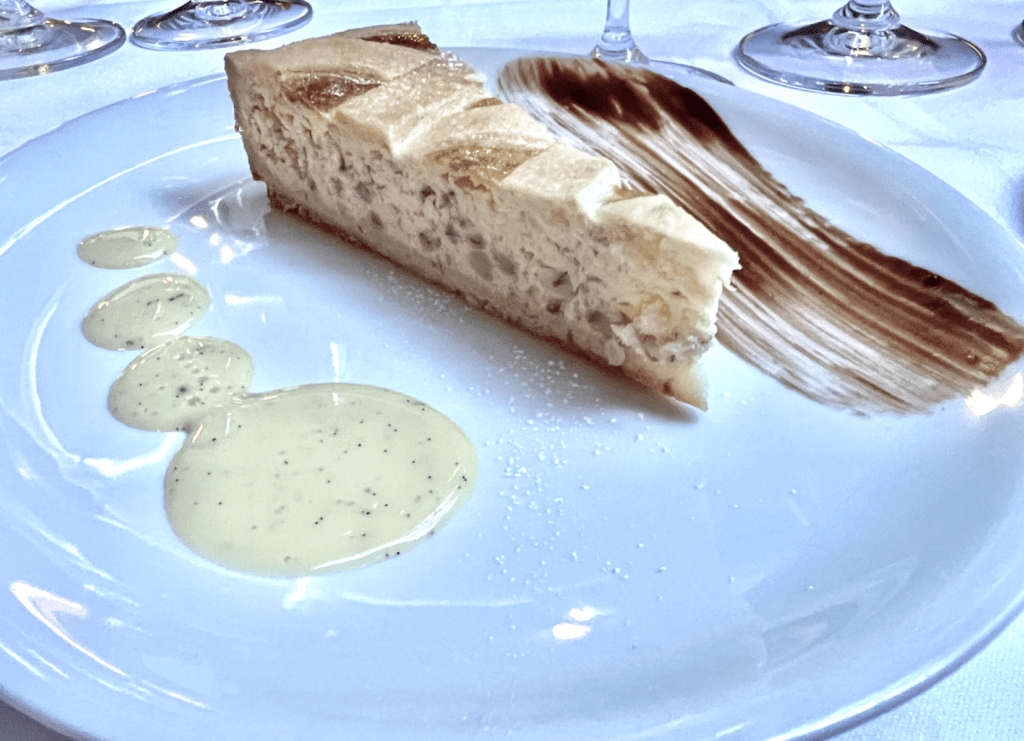
While each of the wines tasted at lunch were enjoyable, there were two that are perfect for your Thanksgiving pairings.
If you ordered both for your Thanksgiving, poured Alethia Greco di Tufo docg Riserva 2020 as your guests are arriving and offered Taurasi docg 2018 as you served your main course, magic would happen!


